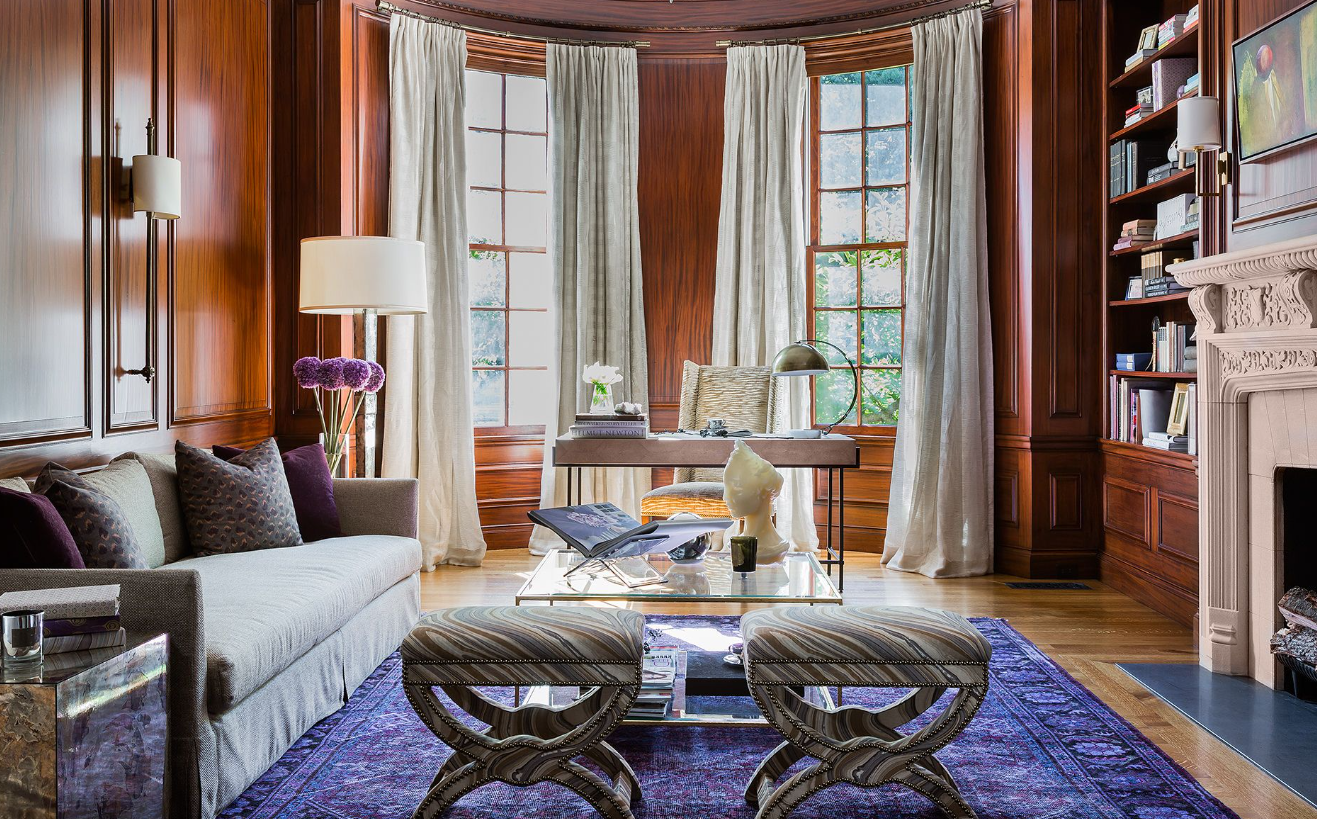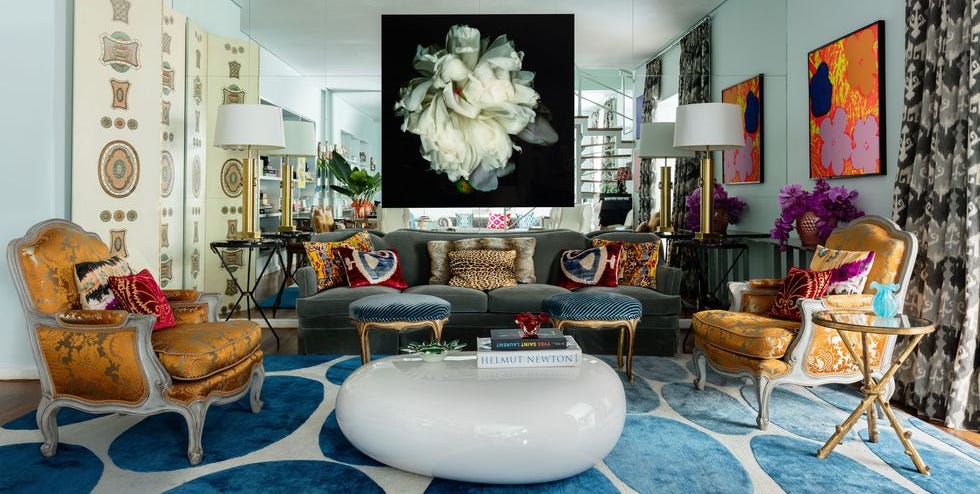Australia, with its diverse landscapes and unique cultural identity, has cultivated a distinctive approach to house interior design that seamlessly combines the beauty of nature with contemporary elegance. In this article, we delve into the key elements that define Australian house interior design, creating spaces that reflect the country’s rich heritage and contemporary lifestyle.
1. Embracing the Outdoors:
Australian house interior design often revolves around embracing the natural surroundings. Large windows, glass doors, and open floor plans are common features that blur the lines between indoor and outdoor spaces. This design philosophy not only allows ample natural light to flood the interiors but also provides stunning views of the Australian landscape. The goal is to create a seamless connection between the interior and the breathtaking outdoors.
2. Earthy Tones and Natural Materials:
The color palette in Australian homes tends to be inspired by the diverse landscapes, ranging from the sandy beaches to the lush forests. Earthy tones such as warm browns, sandy beige, and muted greens dominate the interior spaces, creating a harmonious and calming atmosphere. To complement these tones, designers often incorporate natural materials like timber, stone, and leather, adding texture and warmth to the living spaces.
3. Functional and Sustainable Design:
Australians prioritize functionality in their homes, and this reflects in the interior design. Spaces are carefully planned to serve multiple purposes, promoting a clutter-free environment. Sustainable design practices are also gaining popularity, with an emphasis on energy-efficient appliances, recycled materials, and water-saving fixtures. Australians value homes that not only look good but also contribute to a healthier planet.
4. Relaxed and Casual Atmosphere:
The laid-back Australian lifestyle is reflected in the interior design, creating spaces that exude a relaxed and casual vibe. Comfortable and cozy furniture, often with a touch of minimalism, is a hallmark of Australian homes. The goal is to create an inviting atmosphere where residents and guests feel at ease, fostering a sense of hospitality and warmth.
5. Indigenous Art and Design Influences:
Australian house interior design often pays homage to the country’s indigenous culture. Artworks, textiles, and design elements inspired by Aboriginal art find their way into contemporary interiors. This not only adds a unique and authentic touch to the spaces but also showcases a deep respect for the rich cultural heritage of Australia.
6. Open Plan Living:
Open plan living is a key feature of Australian homes, promoting a sense of spaciousness and connectivity. The kitchen, dining, and living areas seamlessly flow into one another, encouraging social interactions and making the most of available space. This design choice is particularly popular in urban areas where space may be limited, creating a sense of expansiveness within the home.
Conclusion:
In conclusion, Australian house interior design is a unique blend of nature-inspired elements and contemporary aesthetics. From the use of earthy tones and natural materials to the embrace of the outdoors and sustainable design practices, Australian homes reflect a deep connection to the country’s diverse landscapes and cultural heritage. As the world continues to evolve, Australian interior design remains a source of inspiration for those seeking a harmonious and stylish living space that captures the essence of Down Under.




